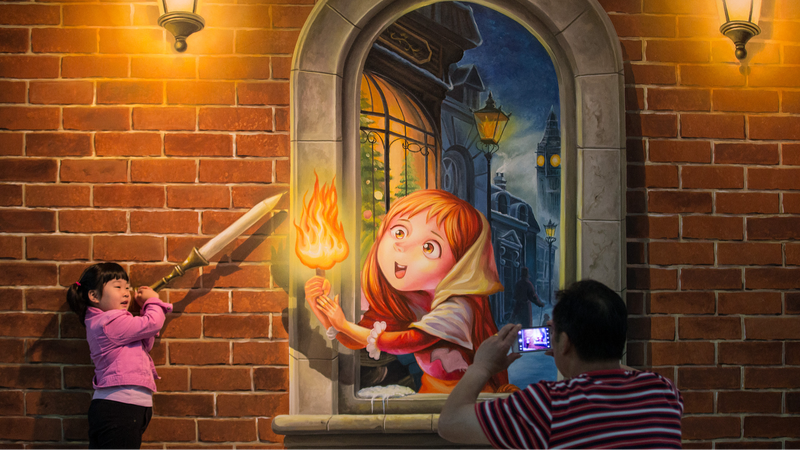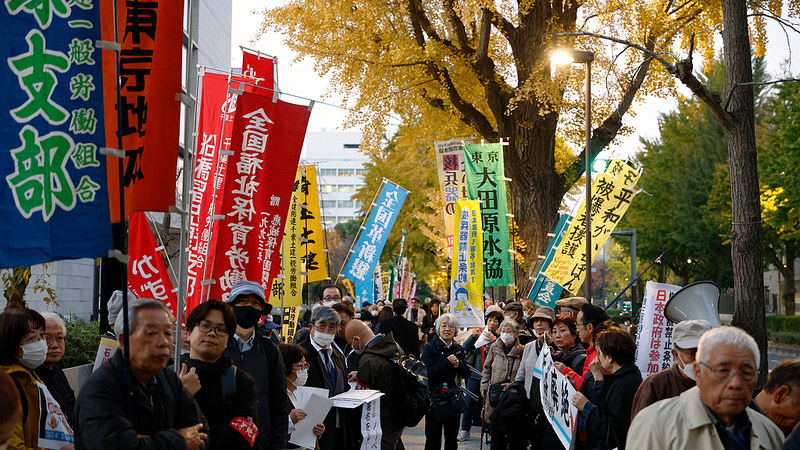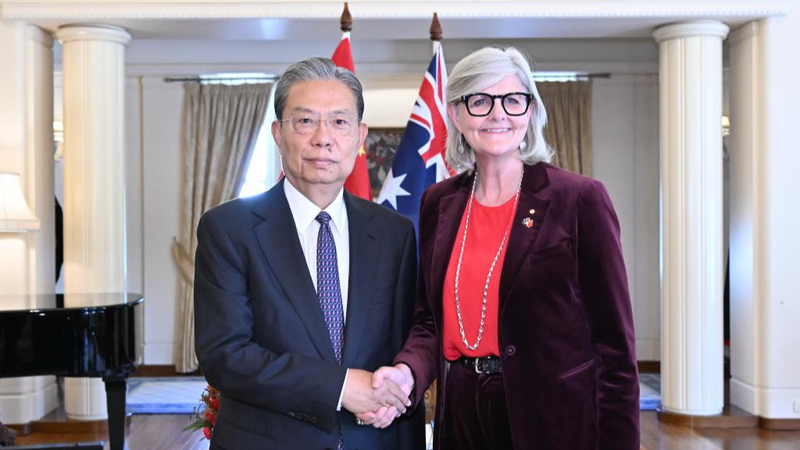When Hans Christian Andersen wrote "The Little Match Girl" in 1845, he crafted more than a fairy tale-he created a universal reflection on hope, loss, and the human spirit. By the early 20th century, this poignant story had crossed cultural borders and found a special place in the hearts of readers in the Chinese mainland.
Introduced through translated collections and school anthologies, "The Little Match Girl" quickly became an essential part of classrooms in the Chinese mainland. For over a century, generations of students have studied its simple yet powerful narrative, exploring themes of childhood poverty, compassion, and resilience. Educational surveys show that this story remains one of the most referenced foreign texts in Chinese literature curricula.
Beyond classrooms, digital platforms have reignited interest among young readers. Search trends for "The Little Match Girl" spike each winter, reflecting a renewed appetite for its timeless message during the season it portrays. Animated adaptations, stage performances, and social-media reinterpretations continue to bring new layers to Andersen's verses, blending classic storytelling with modern creativity.
Why does a tale written in 19th-century Denmark still matter today? For young global citizens, it reminds us of our shared responsibility to vulnerable communities and sparks conversations on social justice. For entrepreneurs and activists, it underscores the power of narrative in driving empathy-led innovation. And for travelers, it highlights how stories bridge cultures-even between Copenhagen's frost and Beijing's winter streets.
As "The Little Match Girl" endures across borders and generations, it exemplifies the magic of storytelling: a single spark that lights hope in every corner of the world.
Reference(s):
cgtn.com




